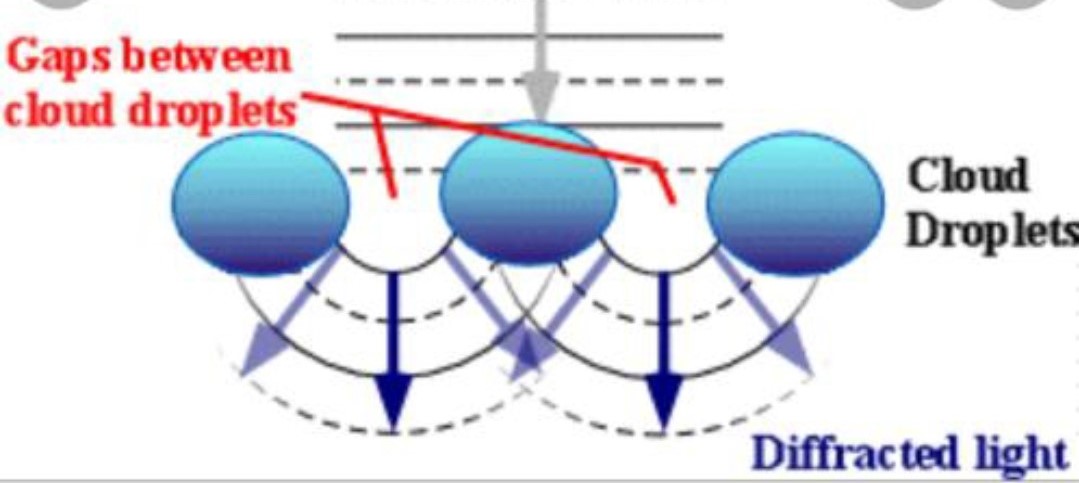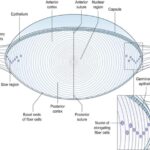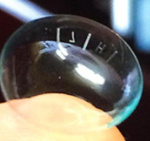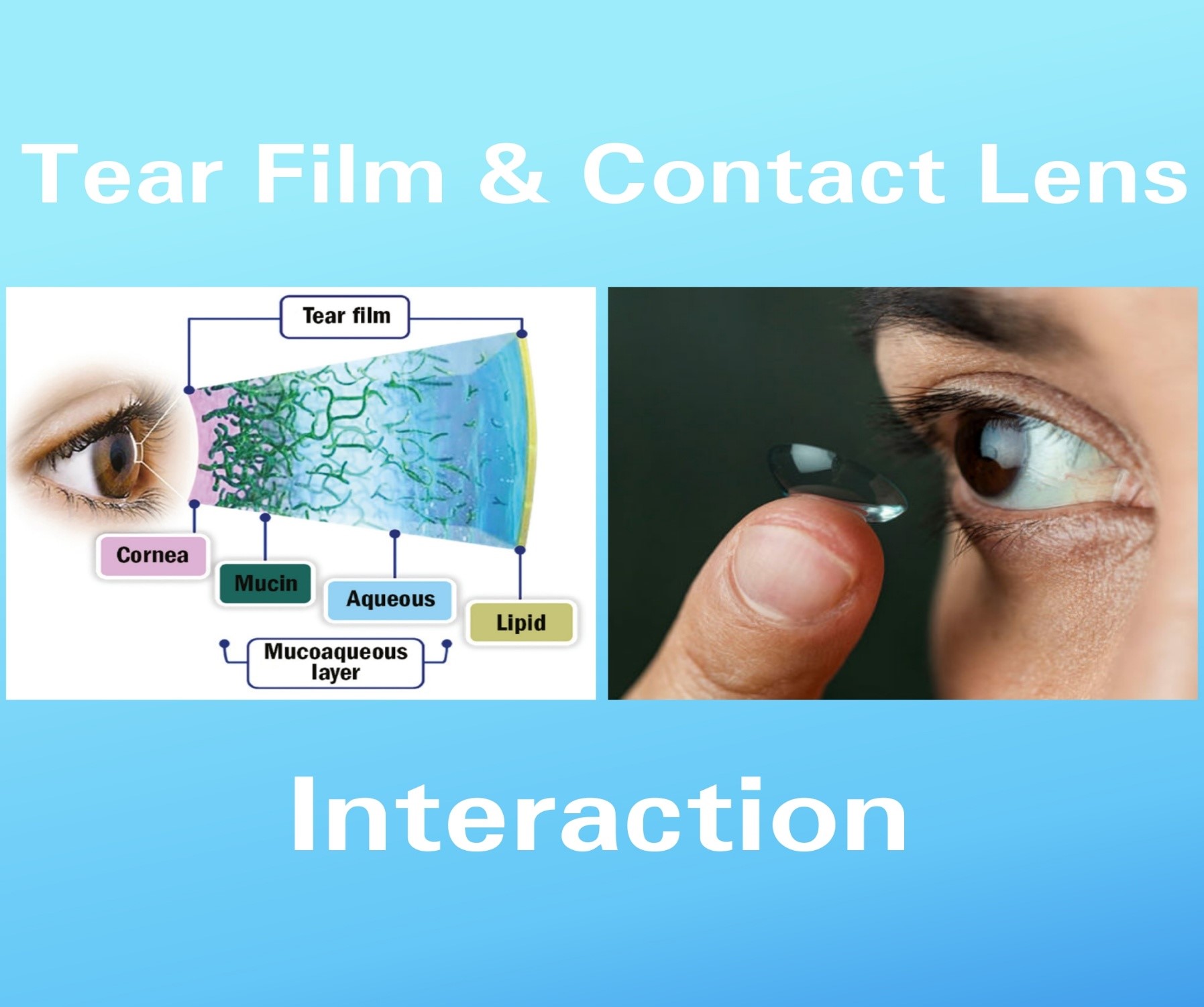Polarized lenses is a optical technology, designed to enhance visual clarity and comfort
by reducing glare. These lenses are particularly beneficial for outdoor enthusiasts and
drivers, as they reduce the harsh glare from sunlight reflecting off surfaces like water,
snow, and roads.
The science behind polarized lenses lies in their unique filter—a thin chemical film that
allows only vertically oriented light to pass through. This filter blocks horizontal light
waves, which are the primary cause of glare. By eliminating these waves, polarized
lenses prevent the intense, reflected light from reaching your eyes, and eye stain.
When you wear polarized sunglasses, you’ll notice that the world looks clearer and
colors appear more vibrant. This is because the lenses enhance contrast and depth
perception, making them ideal for activities such as fishing, where the ability to see
beneath the water’s surface is crucial. They’re also great for driving, as they reduce the
glare from other vehicles and the road, leading to a safer and more comfortable driving
experience.
However, polarized lenses are not without their drawbacks. They can make it difficult to
view LCD screens, such as those on smartphones or car dashboards, as the
polarization can interfere with the screen’s visibility. Additionally, they may not be
suitable for all lighting conditions, such as low-light or night-time environments.
Despite these limitations, the benefits of polarized lenses are significant. They protect
your eyes from harmful UV rays, which can contribute to cataracts and other eye health
issues. Moreover, they can reduce the risk of temporary blindness caused by glare—a
phenomenon known as ‘snow blindness’ in snowy environments.
In summary, polarized lenses are an excellent choice for anyone looking to improve
their visual comfort and protection in bright, glare-prone settings. Whether you’re an
avid boater, a frequent driver, or simply someone who enjoys spending time outdoors,
polarized lenses can enhance your visual experience and safeguard your eyes against
the elements.
Polarized lenses have a special mechanism that makes them effective in reducing
glare and improving vision. Here’s how they work:
Alignment of Molecules:
Polarized lenses are made by vertically aligning tiny molecules within the lens
material
These molecules act as tiny filters, blocking out the horizontal light waves that
cause glare.
When light reflects off flat surfaces (such as water, snow, or roads), it becomes
horizontally polarized.
The vertically aligned molecules in polarized lenses effectively block this
horizontally polarized light.
Filtering Light:
Only light that passes through the blind’s openings can be seen.
Similarly, polarized lenses allow only vertically oriented light rays to pass through.
They block all the horizontal light waves bouncing off smooth surfaces (e.g.,
water, car hoods), which are responsible for glare.
Reduced Glare and Improved Clarity:
As a result of this filtering, the image you see through polarized lenses is a bit darker
than usual.
However, objects look crisper and clearer with polarized lenses, and details are easier
to see.
People who use polarized sunglasses often report feeling less tired after hours of
battling sun glare.
Polarized sunglasses are especially helpful in specific situations:
Fishing: They cut glare and help see into the water.
Boating: Reduce eyestrain and improve underwater visibility.
Golfing: Some golfers find them helpful on fairways, although opinions vary on
putting greens.
Snowy Environments: Snow causes glare, so polarized sunglasses are usually a
good choice
In summary, polarized lenses work by selectively allowing vertically oriented light rays to
pass through, effectively reducing glare and improving visibility, especially in bright
sunlight








